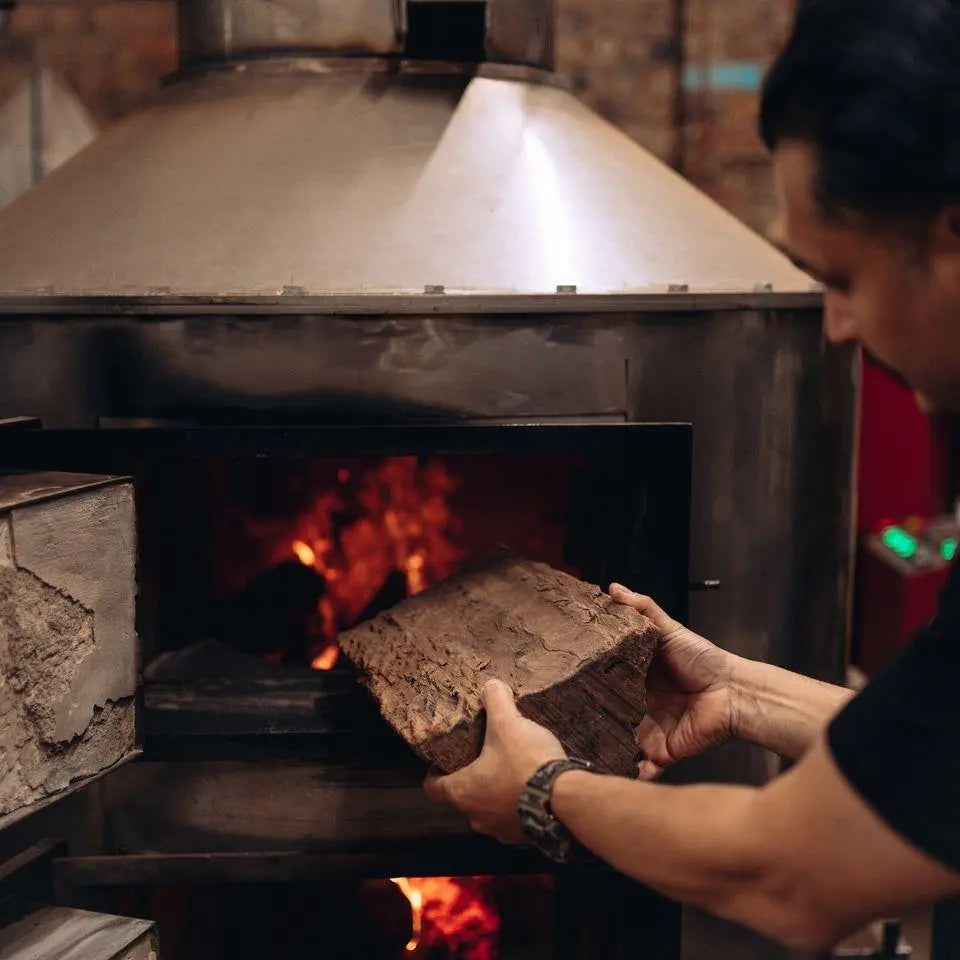
Many people enjoy a nice cup of roasted coffee, but not everyone knows what goes into making that cup. Roasting changes the physical properties of coffee beans, turning them brown in the process, and changing their chemical makeup.
There are different ways of roasting these beans, and they have various effects on the taste of the end product. For the most part, there are three stages to it: drying, browning, and development or roasting.
Stage 1: drying
Dried and raw beans have a moisture content of eight to 12 per cent. Traditionally, coffee beans dry in a drum roaster. The entire process lasts anywhere from four to eight minutes, and you must not start at temperatures higher than 40-45°C. When you apply too much heat in the beginning, you will burn it and destroy the subtleties in its flavour.
Stage 2: browning
At the end of the first stage, the beans will be at about 160 ⁰C, and they will start to smell like hay or toasted bread. At this point, the aroma precursors are converting into aroma compounds, which gives the beans their distinct scent. Drying continues through the browning stage, which is why starting at a lower temperature is ideal.
Coffee beans turn brown because of the Maillard reaction. This chemical response happens when the sugars and amino acids are reduced, producing various aromas and colour compounds. At the end of the browning stage, you will see some beans start to pop or crack. It signals the start of the third stage.
Stage 3: roasting
In the development stage, the coffee beans start to crack; it would have collected enough energy at this point to make it burst. By now the full scent profile of this batch will be complete.
Slow down the roast by keeping it at a relatively low temperature. Generally, you want the development stage to last anywhere from 15 to 25 percent of the total roast time. Rushing it will result in a smoky and sharp-tasting drink.
Roast indicators - degree
One of the most important indicators of the roast is the degree. You can measure this through colour or taste. A light roast leans more acidic, and it is fruitier due to the high levels of 5-hydroxymethylfurfural, an organic compound. The longer a roast takes, the more this compound breaks down, which results in the toasted and bitter flavour in darker roasts.
Roast indicators - time
A fast roast will preserve the distinct flavours of a coffee. However, quick roasting is not always beneficial, as it can lead to burnt beans. The roaster's design or the characteristics of the beans can affect the flavours of the coffee. For instance, people typically prefer acidic blends. In espresso, though, low acidity is the better option.
Conclusion
Before they are roasted coffee beans are green and have a grassy aroma. The roasting process develops anywhere from 800 to 1000 different aroma smells, which combine to form different flavours. Roast profiling will help you identify the compounds you want for a particular batch, and determine the taste of its coffee.
No matter the flavour profile, The Wood Roaster will have a bag of coffee beans for you. We are a Marrickville coffee roaster sourcing only the best ingredients for our blends. Our custom-built, temperature-controlled air roaster uses data logging technology to deliver consistent, full-bodied, and nuanced roasts every time. Browse our products or contact us for more details.

